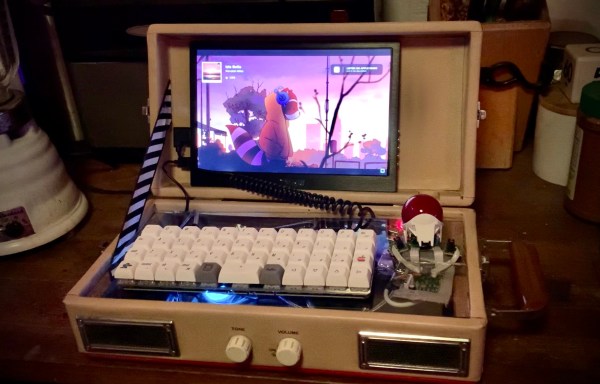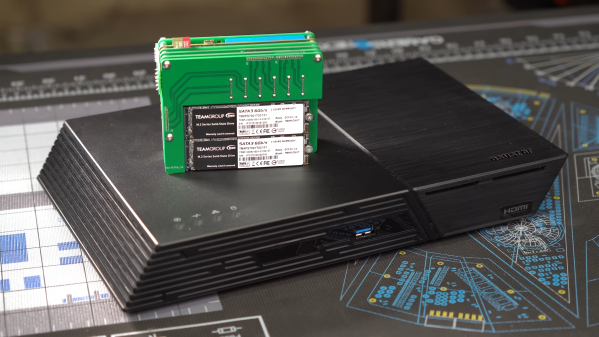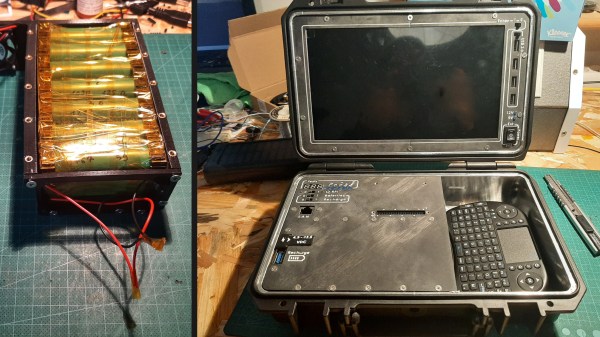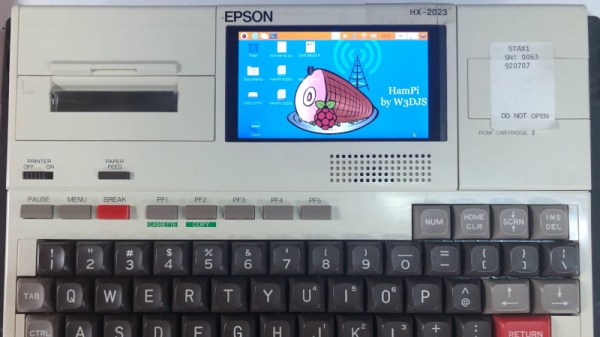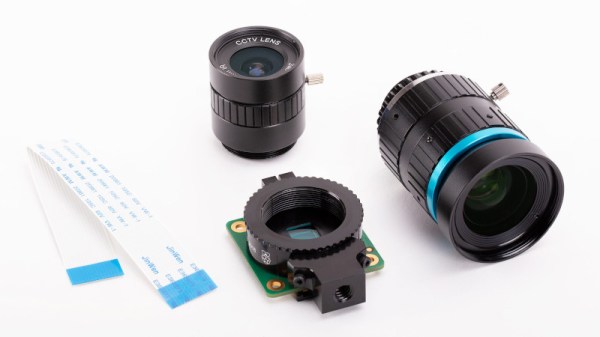As far as we can tell, the only real selling point that any portable record player offered was, well, its portability. To be clear, the sound is never that great. But perhaps a selling point for this crowd is that they usually come in hinged cases with handles, and you know what that means — cyberdeck that thing!
[Mx. Jack Nelson] started gutting this Crosley CR40 record player to make a Raspberry Pi housing, but it quickly turned into a cyberdeck project with the addition of a 10.1″ portable monitor, a Planck ortholinear keyboard, and a gutted trackball mouse.
We love that [Mx. Jack Nelson] made use of the Crosley’s original speakers — this was the wife’s idea! — as well as the volume and tone knobs. But our favorite part has to be the clear acrylic top that both protects the electronics and provides a platform for the keyboard and mouse buttons. Be sure to check out the demo video after the break.
Continue reading “2023 Cyberdeck Challenge: Crosberry Pi Loves Lo-Fi Hip Hop”

